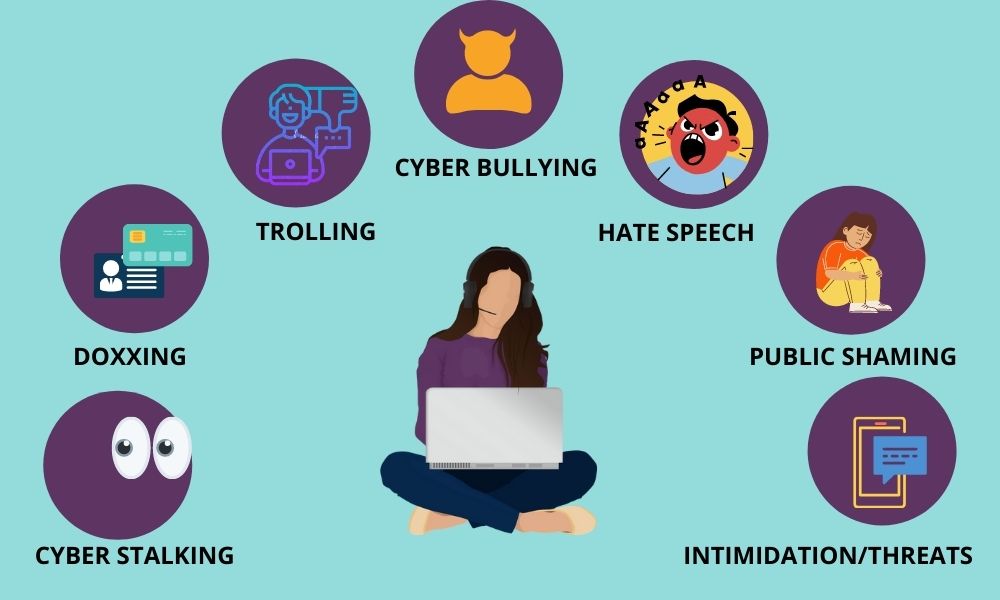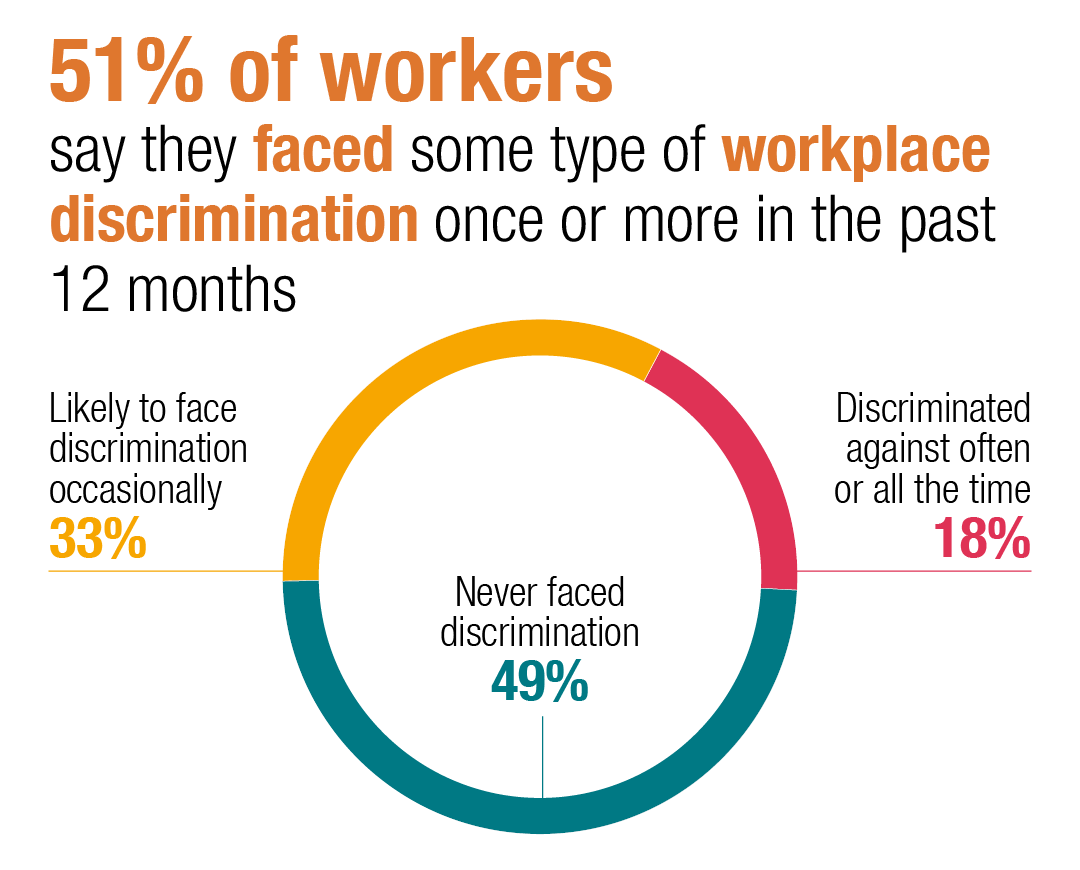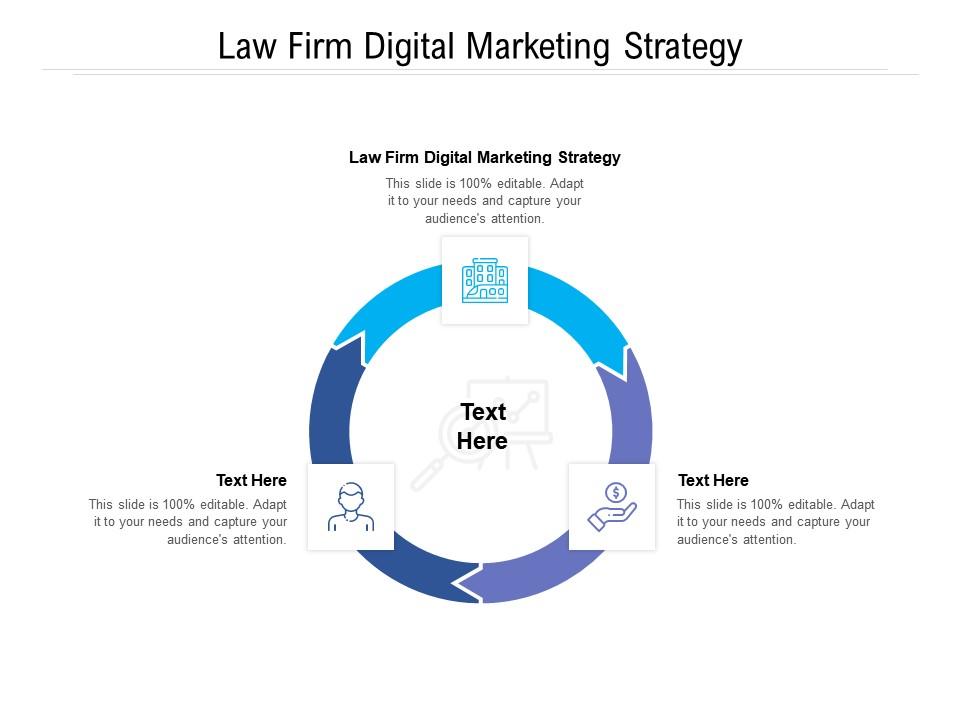Legal Action Against Cyberbullying is a critical area of concern as the digital landscape evolves and online harassment becomes increasingly prevalent. While the internet offers unparalleled opportunities for connection and communication, it also provides a platform for bullies to target and torment individuals, leaving victims feeling isolated, vulnerable, and desperate for recourse.
This guide delves into the legal framework surrounding cyberbullying, exploring the various forms of online harassment, the types of legal action available, and the strategies for seeking justice.
Understanding the legal landscape is essential for both victims and those who wish to prevent cyberbullying. This guide provides a comprehensive overview of the legal remedies available to victims, including cease and desist orders, defamation lawsuits, and criminal charges.
It also examines the role of technology companies in combating cyberbullying, the effectiveness of online platforms’ reporting mechanisms, and the importance of preventative measures like parental involvement and online safety education.
Understanding Cyberbullying and Legal Action

Cyberbullying, a pervasive issue in the digital age, involves using electronic communication to bully, harass, or threaten others. It encompasses a range of behaviors, from spreading rumors and posting embarrassing photos to sending threatening messages and impersonating others online. The legal landscape surrounding cyberbullying is complex and evolving, with various jurisdictions adopting different approaches to address this issue.
Legal Frameworks and Cyberbullying
The legal framework surrounding cyberbullying varies across different jurisdictions. Some countries have specific laws addressing cyberbullying, while others rely on existing legislation related to harassment, defamation, or privacy violations.
Navigating the complexities of legal action against cyberbullying can be daunting, but understanding the various avenues available is crucial. While researching legal options, homeowners might also want to explore securing adequate insurance coverage. Rhode Island Home Insurance Quotes: A Guide for Homeowners can provide valuable insights into protecting your property and financial well-being, allowing you to focus on addressing the cyberbullying issue with confidence.
- United States: While there is no federal law specifically addressing cyberbullying, many states have enacted laws criminalizing cyberbullying or creating civil remedies for victims. These laws often focus on cyberbullying that involves threats, harassment, or the dissemination of private information without consent.
- United Kingdom: The UK has adopted a multi-faceted approach to cyberbullying, relying on existing laws such as the Malicious Communications Act 1988 and the Protection from Harassment Act 1997. These laws can be used to prosecute cyberbullying that involves threats, harassment, or the dissemination of offensive content.
- Canada: Canada has enacted the Criminal Code of Canada, which includes provisions against criminal harassment and intimidation. These provisions can be used to prosecute cyberbullying that involves threats or harassment.
Types of Legal Action Against Cyberbullies
Legal action against cyberbullies can take various forms, depending on the specific circumstances and the applicable laws in a particular jurisdiction.
- Criminal Charges: In some cases, cyberbullying can be prosecuted as a criminal offense, such as harassment, intimidation, or defamation. Criminal charges can result in fines, imprisonment, or other penalties.
- Civil Lawsuits: Victims of cyberbullying can also file civil lawsuits against their tormentors, seeking damages for emotional distress, reputational harm, or other losses. These lawsuits may be based on various legal theories, such as defamation, invasion of privacy, or intentional infliction of emotional distress.
- School Discipline: Schools often have policies addressing cyberbullying, which can result in disciplinary action, such as suspension or expulsion.
- Platform Action: Social media platforms and other online services have their own policies against cyberbullying. Victims can report cyberbullying to the platform, which may take action such as removing the offending content or suspending the account of the bully.
Evidence Gathering and Preservation
Evidence is crucial in any legal action against cyberbullying. It can include screenshots of messages, emails, social media posts, and other online content. It is essential to preserve this evidence by saving copies of the content, documenting the date and time of the incidents, and keeping a record of any communication with the bully or the platform.
Considerations for Taking Legal Action
Before taking legal action, it is essential to consider the following factors:
- Severity of the Bullying: The severity of the cyberbullying and its impact on the victim are important factors to consider. Legal action may be more appropriate in cases of serious harassment, threats, or reputational damage.
- Cost and Time: Legal action can be costly and time-consuming. It is essential to weigh the potential benefits against the costs and resources available.
- Potential Outcomes: It is important to understand the potential outcomes of legal action, which may include criminal charges, civil damages, or platform sanctions. It is also important to consider the potential for retaliation from the bully.
Evidence Gathering and Reporting: Legal Action Against Cyberbullying

Documenting cyberbullying incidents is crucial for building a strong case for legal action. Evidence serves as proof of the harassment and can help establish the severity of the abuse.
Types of Evidence
Evidence can be gathered from various sources, providing a comprehensive picture of the cyberbullying.
- Screenshots: Capturing images of harassing messages, posts, or comments on social media platforms, emails, or messaging apps is essential. Time stamps on screenshots provide valuable context.
- Emails: Emails containing threatening or abusive content can be used as evidence. Saving emails and headers, which include sender and recipient information, is important.
- Social Media Posts: Public posts, comments, or direct messages on platforms like Facebook, Twitter, or Instagram can be used as evidence. It is essential to document the date and time of the posts.
- Text Messages: Screenshots or copies of text messages containing abusive content can be used as evidence. Ensure that the sender and recipient information are visible.
- Video Recordings: Recordings of cyberbullying incidents, such as live streams or videos shared online, can be powerful evidence.
- Witness Testimony: If others have witnessed the cyberbullying, their testimonies can be valuable evidence.
Reporting Cyberbullying
Reporting cyberbullying to the appropriate authorities is essential. This can involve contacting law enforcement, online platforms, or school officials.
While legal action against cyberbullying can be a complex process, it’s crucial to understand your options. Navigating the insurance landscape can be equally daunting, but resources like Get a USAA Insurance Quote: A Comprehensive Guide can provide valuable guidance. By seeking out such resources, individuals can better equip themselves to handle both the legal and financial aspects of cyberbullying situations.
- Law Enforcement: Contacting local law enforcement is recommended when the cyberbullying involves threats of violence, harassment, or criminal activity.
- Online Platforms: Most social media platforms have reporting mechanisms for cyberbullying. Reporting the abuse through the platform’s internal processes can help remove the offending content and potentially lead to the account being suspended or banned.
- School Officials: If the cyberbullying is occurring in a school setting, reporting it to school administrators is crucial. They can investigate the incident and implement appropriate disciplinary measures.
Legal Remedies and Available Options
Cyberbullying can have devastating consequences for victims, causing emotional distress, reputational damage, and even physical harm. While preventative measures are crucial, legal remedies offer a path toward accountability and redress. Understanding the available legal options is essential for victims seeking justice and protection.
Cease and Desist Orders
Cease and desist orders are legal directives issued by a court, instructing a party to stop engaging in specific actions, such as cyberbullying. These orders can be effective in preventing further harassment and intimidation. The process typically involves filing a complaint with a court and presenting evidence of cyberbullying.
If the court finds merit in the complaint, it may issue a cease and desist order.
Legal action against cyberbullying can be complex, requiring careful consideration of the specific circumstances and available evidence. While navigating such challenges, it’s important to remember that military members have access to specialized insurance options, such as those offered by USAA, which can provide peace of mind in other areas of life.
Boat Insurance Quote USAA: A Guide for Military Members offers a comprehensive overview of the benefits and features of USAA’s boat insurance, which can be particularly valuable for those who enjoy recreational activities on the water. Returning to the legal realm, seeking advice from a qualified attorney is crucial when pursuing legal action against cyberbullying, as they can provide expert guidance on the best course of action.
Defamation Lawsuits
Defamation lawsuits are civil claims brought against individuals who make false and defamatory statements that harm another person’s reputation. Cyberbullying often involves the dissemination of false or misleading information, which can be grounds for a defamation lawsuit. To succeed in such a lawsuit, the victim must prove that the statements were false, published to a third party, and caused actual harm to their reputation.
Criminal Charges
In some cases, cyberbullying may constitute criminal offenses, such as harassment, stalking, or threats. Victims can file a police report and seek criminal charges against the perpetrator. The severity of the charges depends on the nature and extent of the cyberbullying.
Effectiveness of Legal Options
The effectiveness of different legal options varies depending on the specific circumstances of the case. Cease and desist orders can be effective in stopping immediate harassment, but they may not deter future cyberbullying. Defamation lawsuits can provide financial compensation and reputational restoration, but they can be costly and time-consuming.
Criminal charges may result in fines, imprisonment, or other penalties, but they can be difficult to prove and may not always deter future cyberbullying.
Successful Legal Cases
Several successful legal cases against cyberbullies have set precedents and demonstrate the potential for legal action to provide redress. For instance, in the case ofDoe v. Internet Service Provider*, the court found that an ISP was liable for failing to remove defamatory content from its platform, setting a precedent for holding online platforms accountable for cyberbullying.
Prevention and Mitigation Strategies
Preventing cyberbullying requires a multi-pronged approach involving parents, schools, technology companies, and online platforms. By implementing effective strategies, we can create a safer online environment for everyone.
Parental Involvement, Legal Action Against Cyberbullying
Parents play a crucial role in preventing cyberbullying. They can educate their children about online safety, monitor their online activity, and establish clear rules for internet usage.
- Open communication is essential. Parents should encourage their children to talk to them about their online experiences, including any instances of bullying or harassment.
- Parental controls can help limit children’s exposure to inappropriate content and restrict their online activity during certain times.
- Parents should familiarize themselves with social media platforms and apps their children use to understand the potential risks and how to report cyberbullying incidents.
School Policies
Schools should have comprehensive policies addressing cyberbullying, including clear definitions, reporting procedures, and consequences for perpetrators.
- Schools should provide online safety education programs for students and staff, covering topics such as responsible online behavior, cyberbullying prevention, and reporting mechanisms.
- Cyberbullying should be treated as seriously as traditional bullying, with appropriate disciplinary actions taken against perpetrators.
- Schools should collaborate with parents and technology companies to address cyberbullying incidents effectively.
Online Safety Education
Educating students about online safety is crucial in preventing cyberbullying. This education should cover topics such as:
- Identifying and understanding cyberbullying behaviors.
- The importance of respectful online communication.
- The potential consequences of cyberbullying for both victims and perpetrators.
- Strategies for reporting cyberbullying incidents.
Role of Technology Companies
Technology companies have a responsibility to combat cyberbullying on their platforms.
- They should develop and implement robust mechanisms for reporting cyberbullying incidents.
- They should proactively monitor their platforms for signs of cyberbullying and take swift action to remove harmful content.
- They should work with law enforcement agencies to investigate and prosecute cyberbullying perpetrators.
Effectiveness of Online Platforms’ Reporting Mechanisms
The effectiveness of online platforms’ reporting mechanisms varies significantly.
- Some platforms have implemented robust reporting systems with clear procedures for addressing cyberbullying incidents. They also provide support resources for victims.
- However, other platforms have been criticized for their slow response times, lack of transparency, and inadequate measures to protect victims.
- It is essential for platforms to continuously improve their reporting mechanisms and ensure that they are responsive and effective in addressing cyberbullying incidents.
Final Wrap-Up

The battle against cyberbullying requires a multi-faceted approach, encompassing legal action, preventative measures, and a collective commitment to creating a safer online environment. By understanding the legal options available, victims can empower themselves to seek justice and hold perpetrators accountable.
Ultimately, fostering a culture of digital responsibility and empathy is crucial in mitigating the harmful effects of cyberbullying and ensuring a more inclusive and respectful online experience for all.


